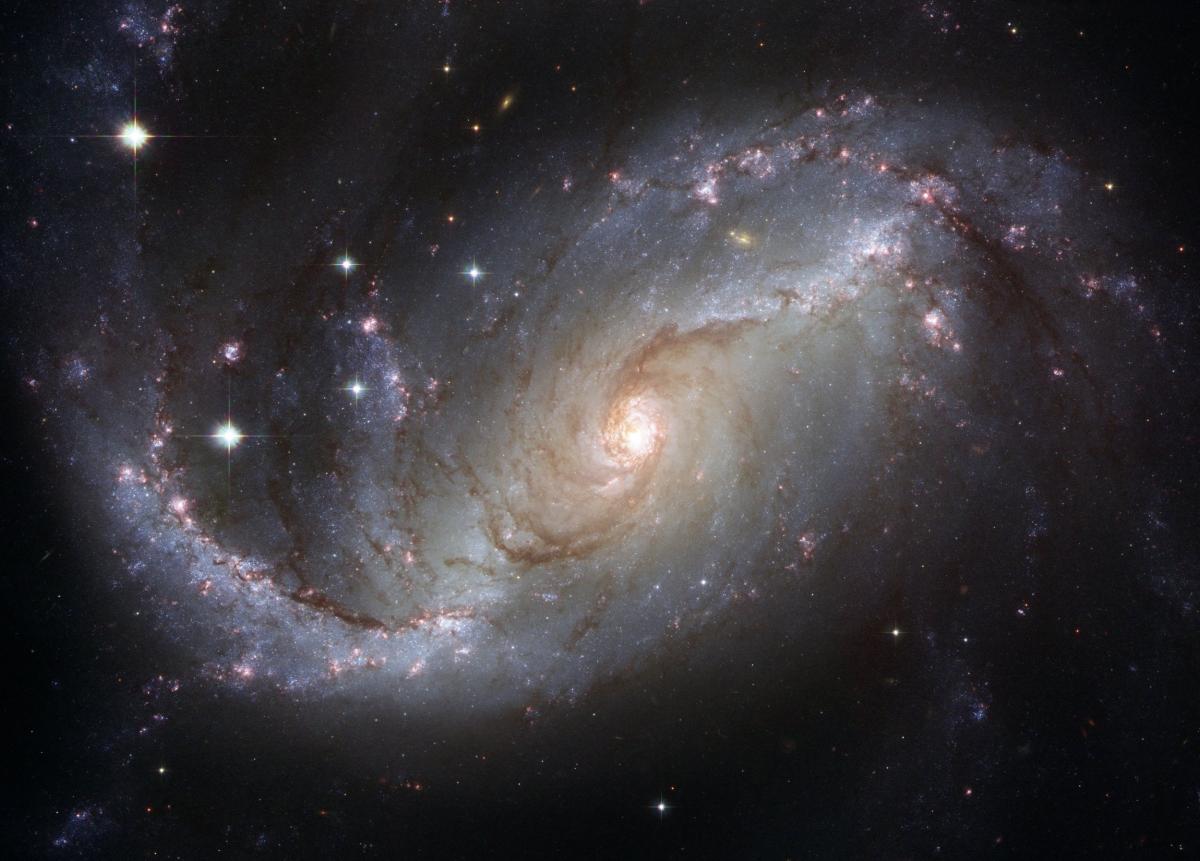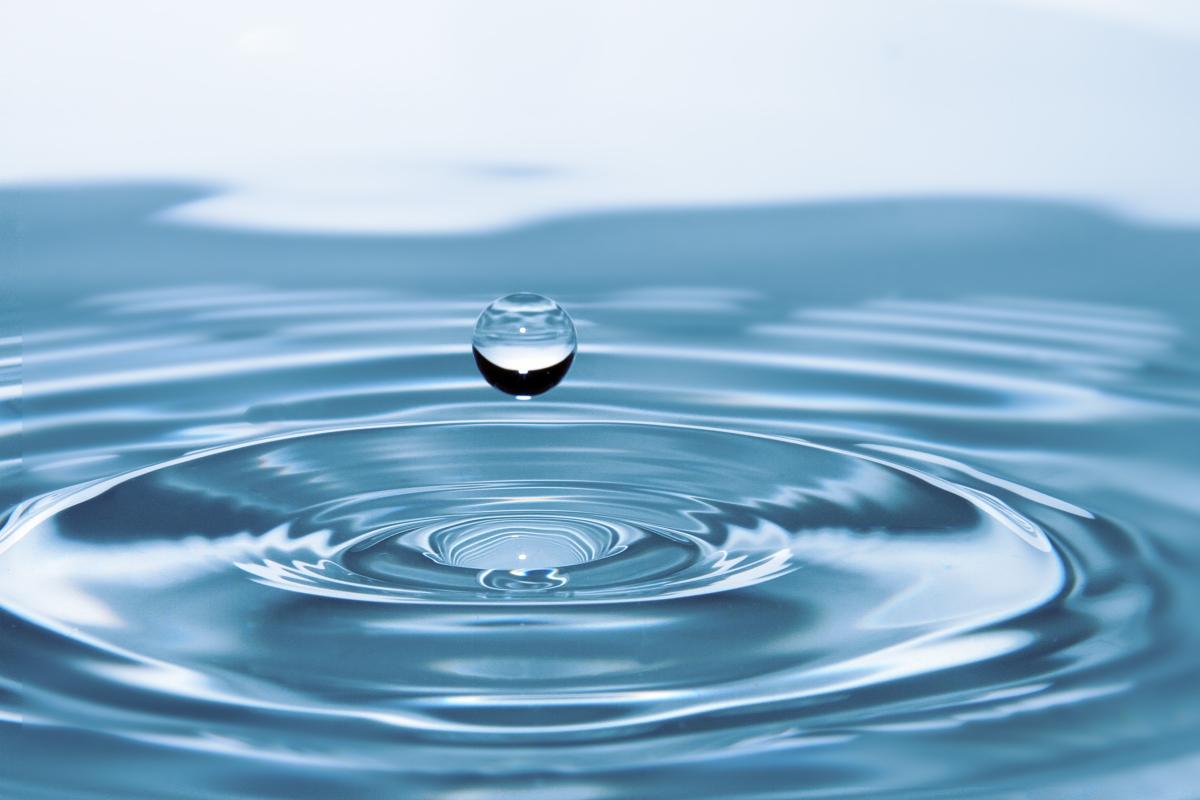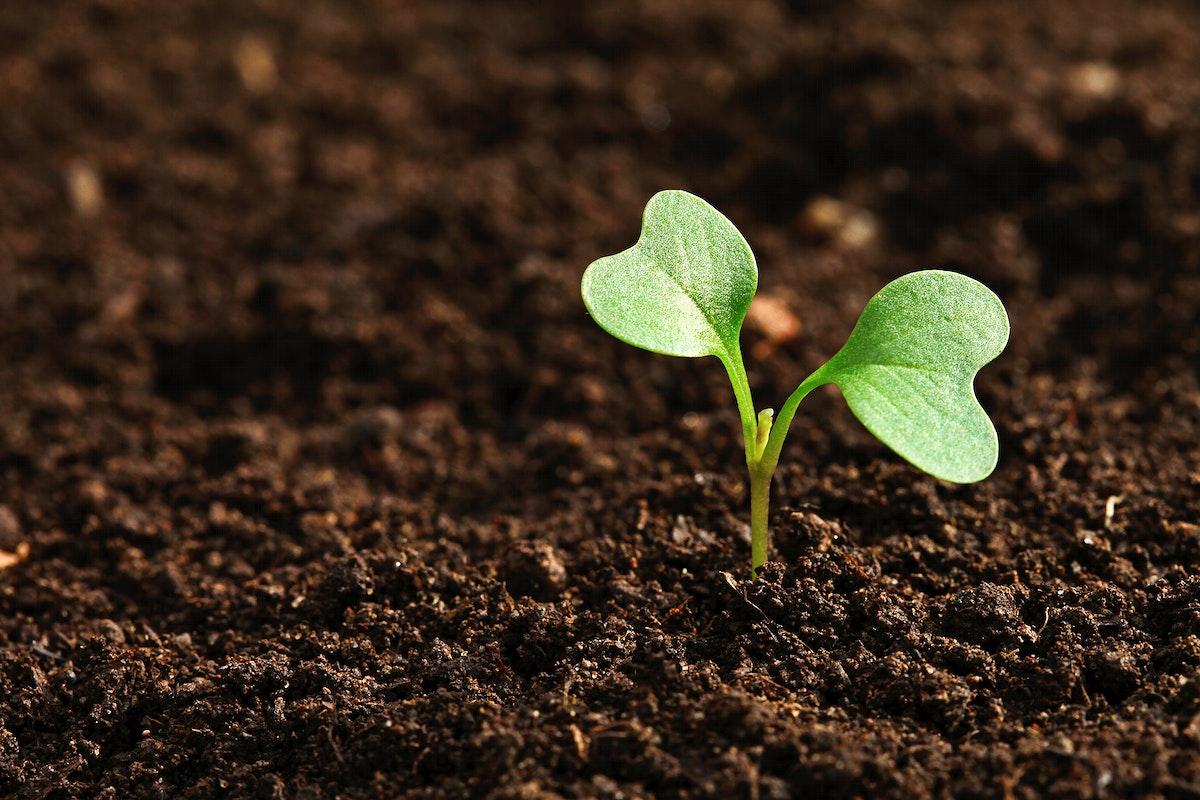
Geologic Time Scale: 10 cm, calendar, clock
How old is Earth? How big is 1 million years compared to 1 billion years? Students will use three models to organize geologic time and practice cross multiplication to solve for a variable.
Lesson Grade Level
8th GradeLesson Plan Link/URL
https://docs.google.com/presentation/d/18UTVsunijBTcTgR4IBjnRB6lcXx9AI6I/edit?u…Related Content

This is a hands-on, collaborative lesson that allows the students to include art and presentation skills in the project. The students research various aspects of a selected planet and then presents

This lesson is to be used as a follow up activity when learning about the water cycle. Students are able to play a game either digitally or physically to demonstrate their own journey through the

In this lesson, students will explore the different pigments in green plants using spinach leaves. Students will identify the pigments by doing a lab using paper chromatography. They will observe the